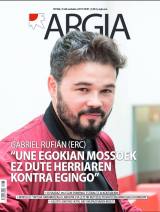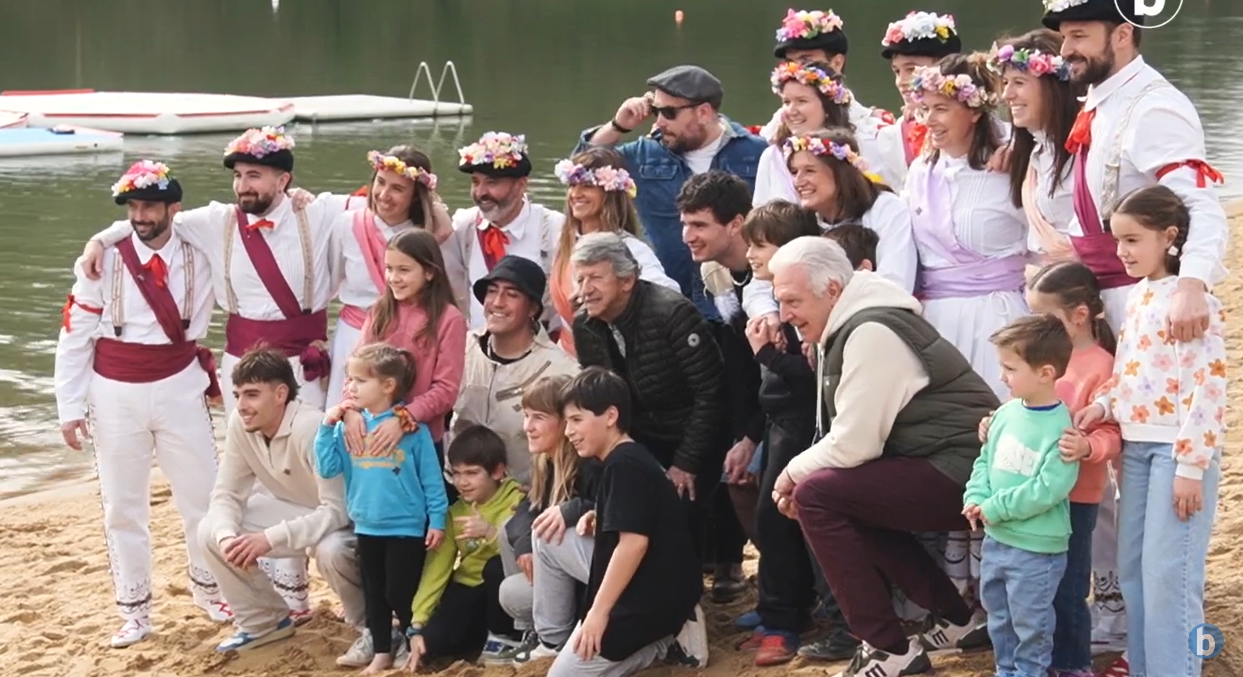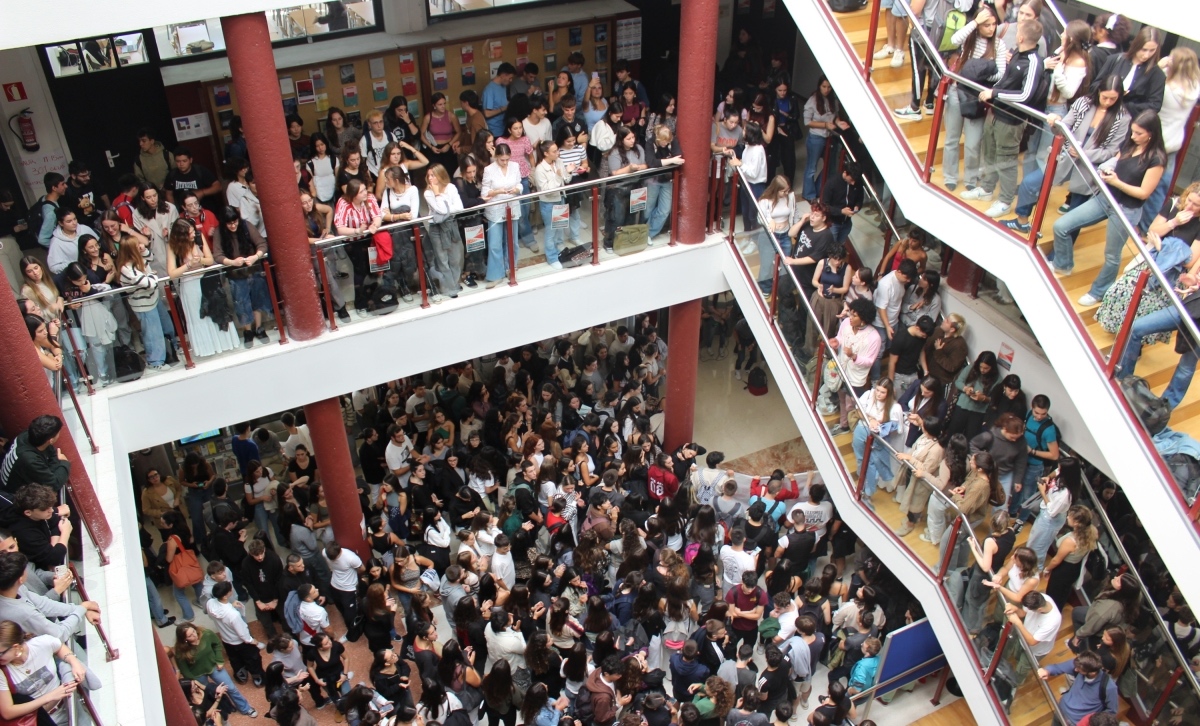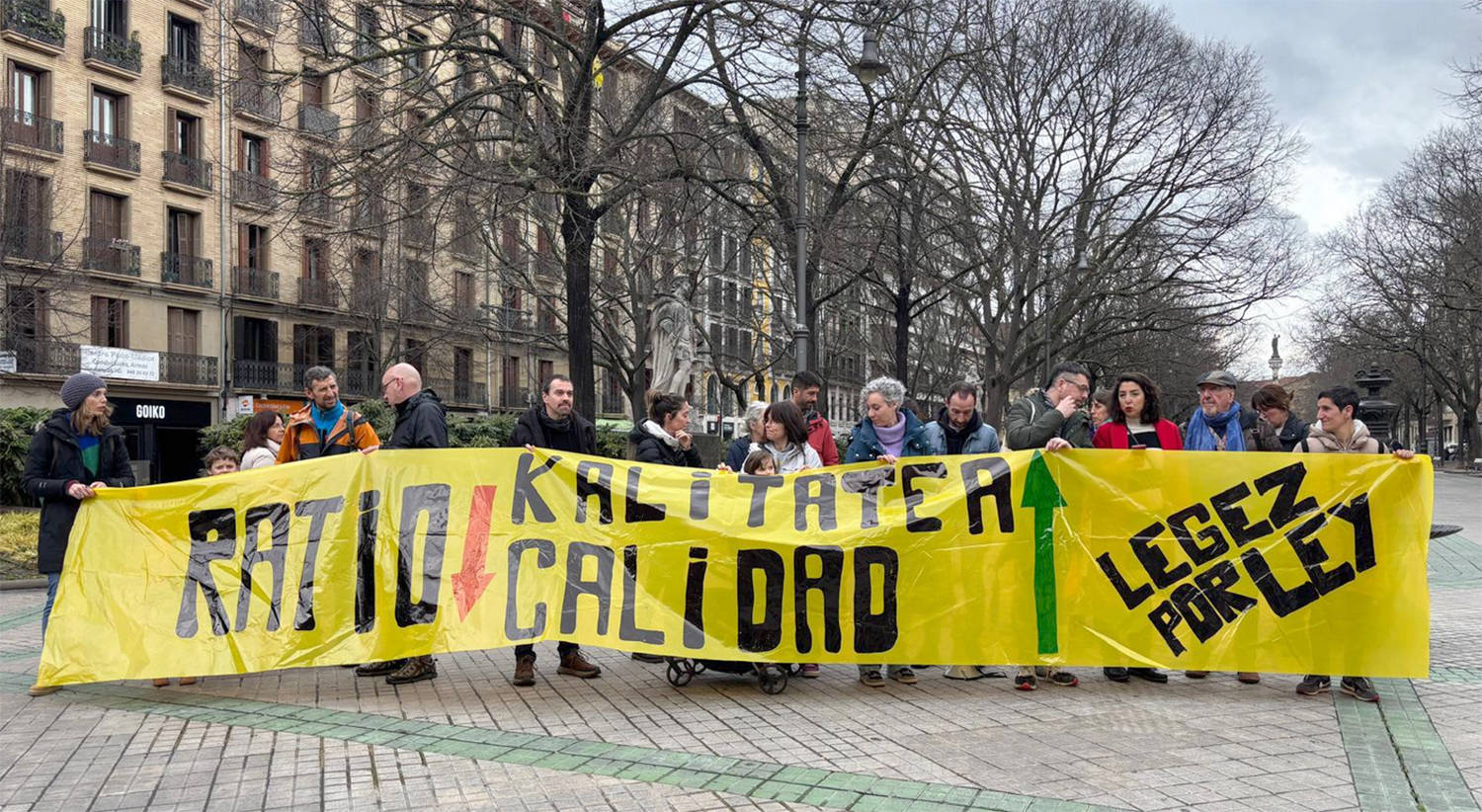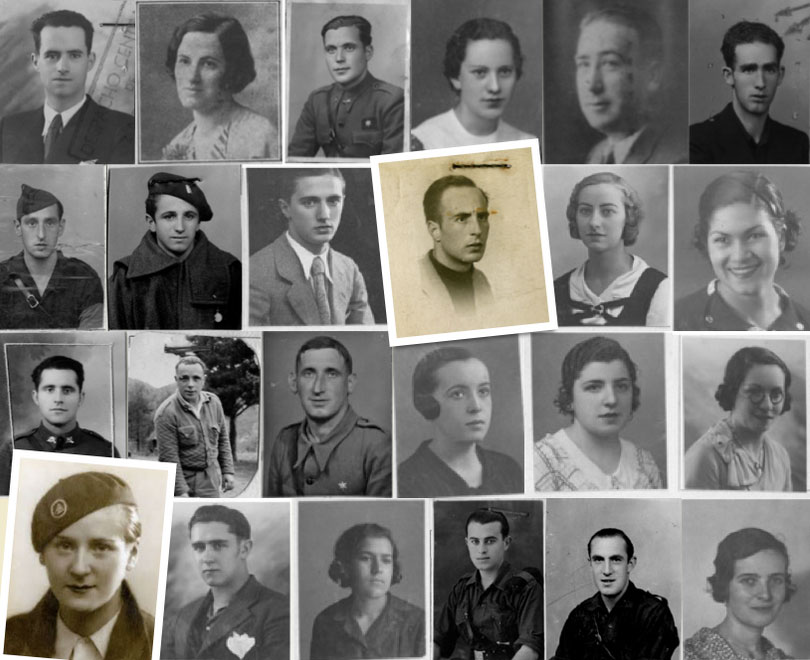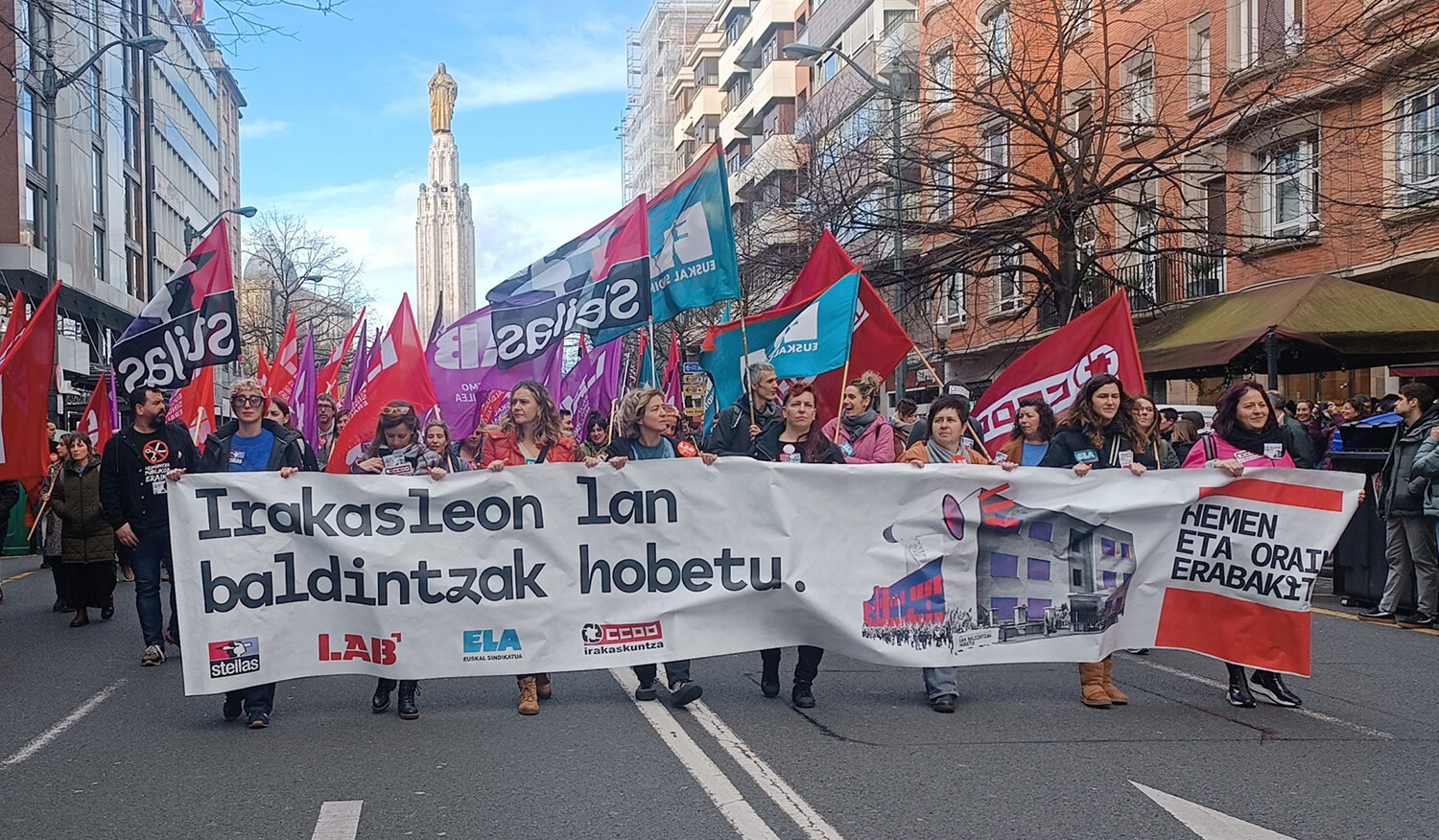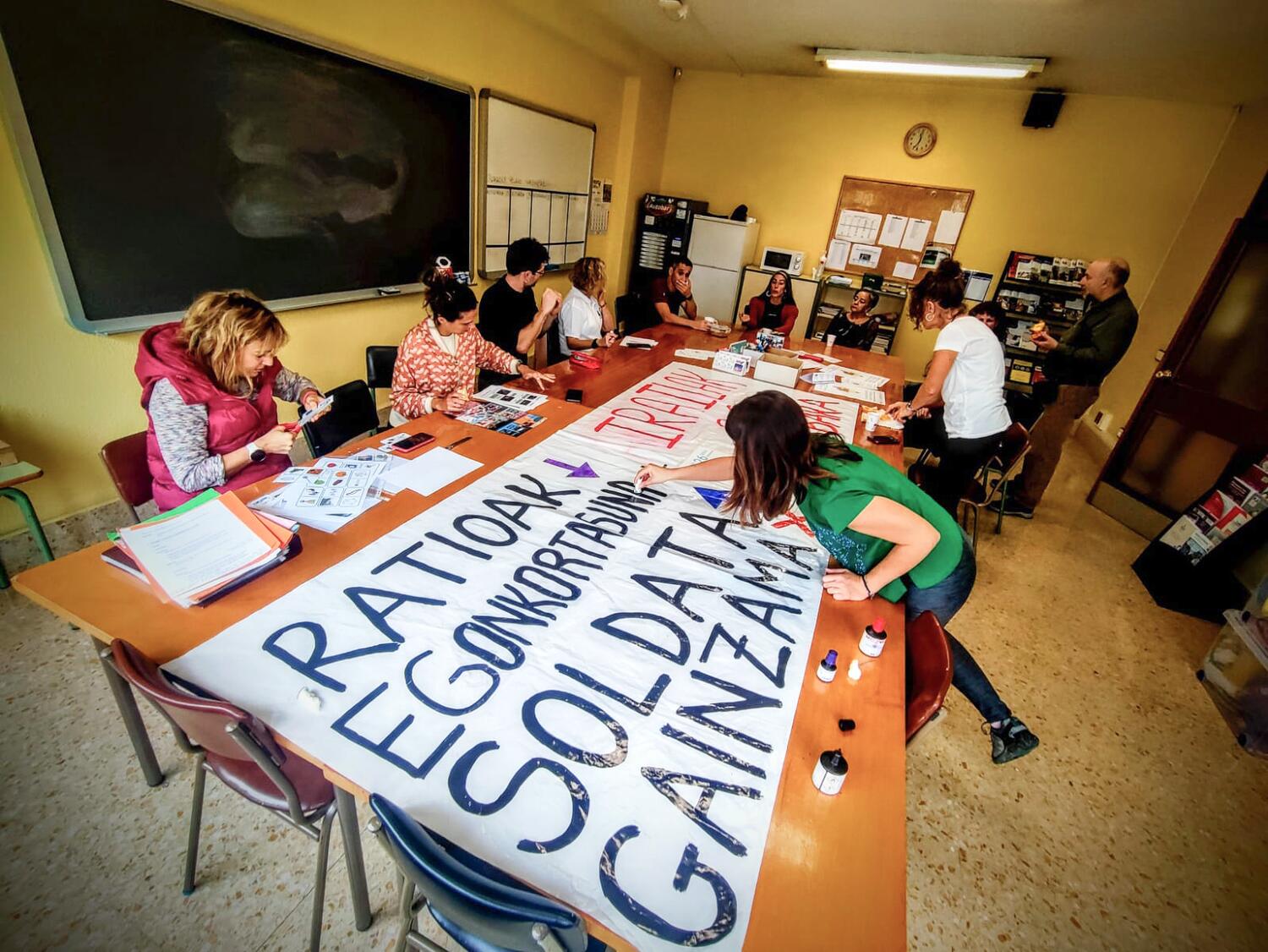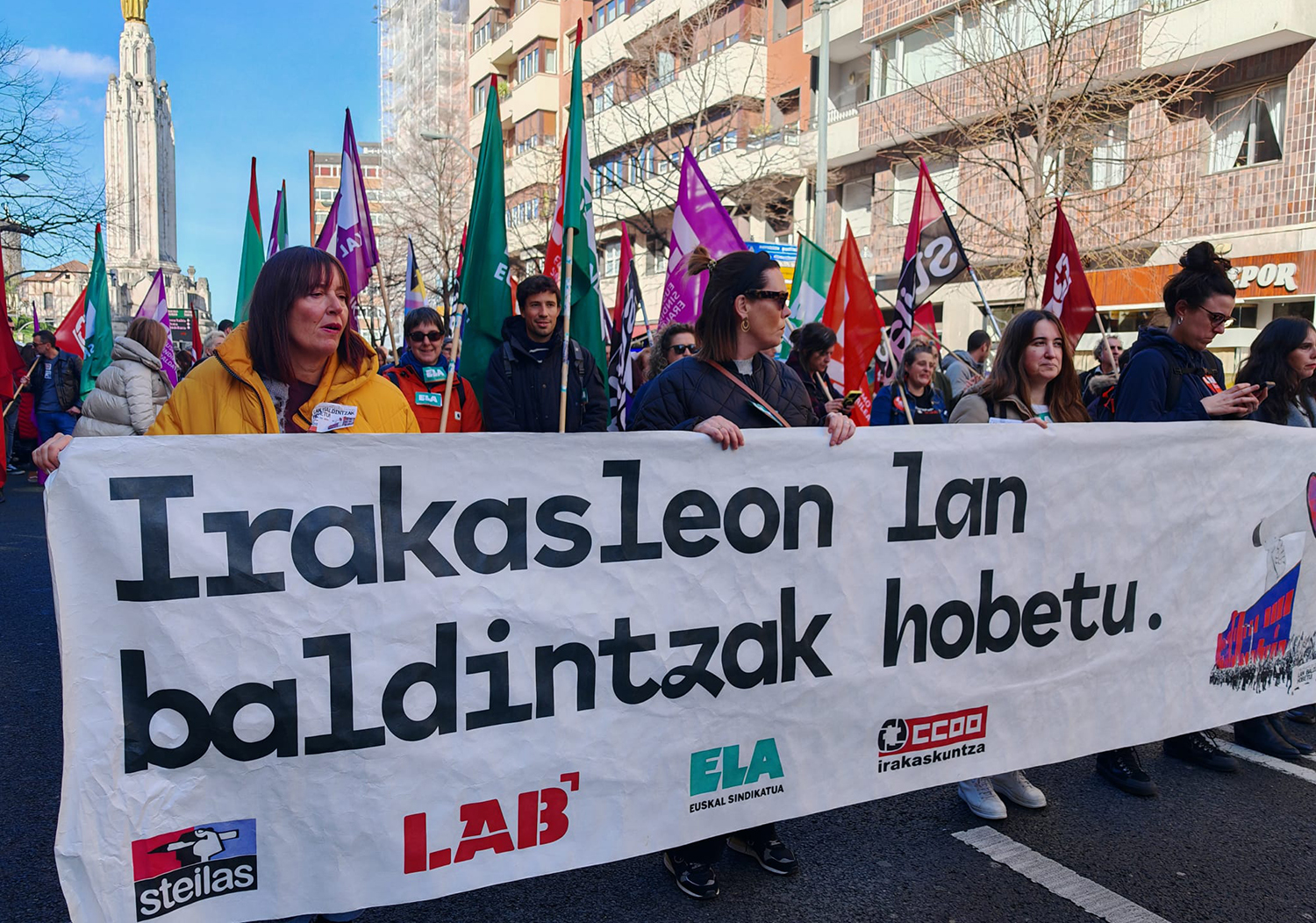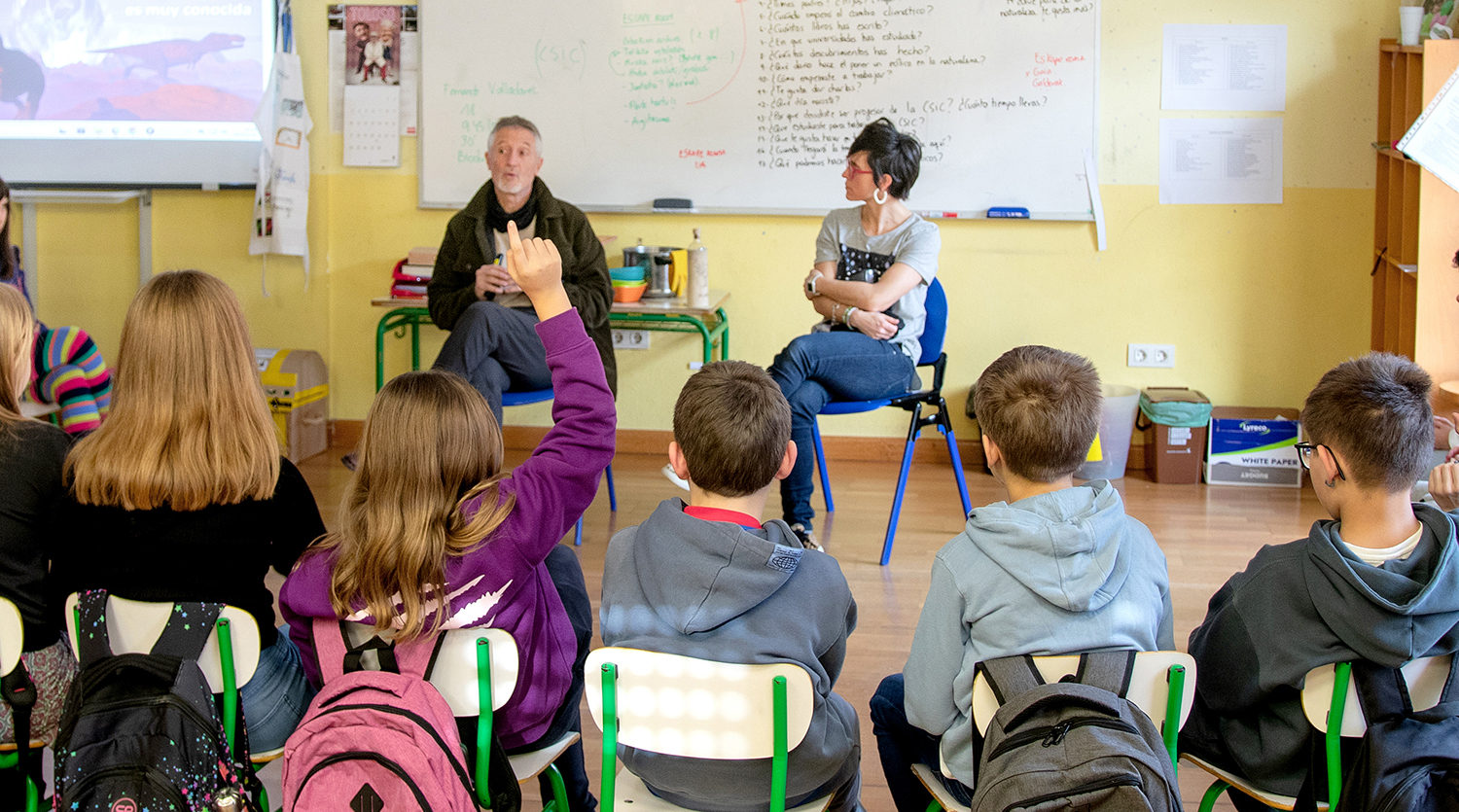Should boys and girls act together or separately?
- One might think that the mixed model is the most appropriate to ensure an egalitarian education. For example, Itsaso Nabaskues, former footballer and researcher at the UPV/EHU, believes this. However, the data often reveal that when boys play together they are the ones who take the lead and, furthermore, it cannot be said that in school sport the participation of girls increases. For this reason, today, Ainhoa Azurmendi, a former handball player and expert in equality issues, is committed to a model of delivery. The two interviewees agreed that co-education should start working from the base.
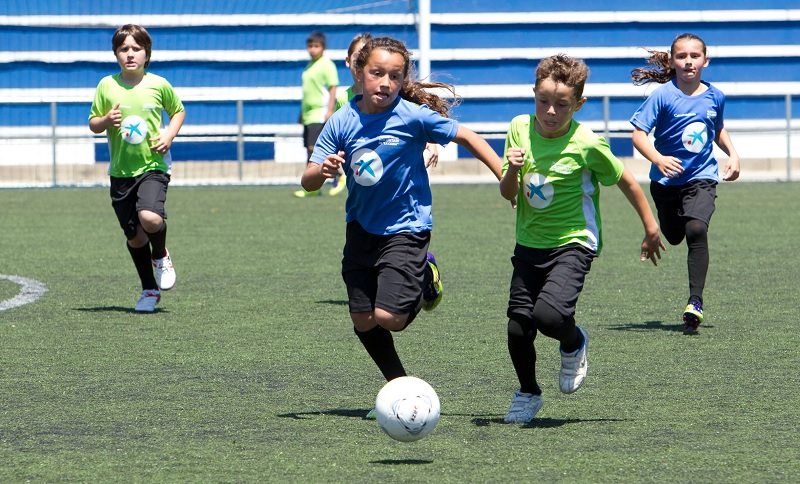
“The implementation of mixed participation in school sport does not mean that it is the best way to promote the equality of women and men in itself, especially because of the extreme messages that all children in the environment receive about being a woman and a man in the socialization process, because of the masculine nature of the sports field and because of the limitations that educators have to work with co-education”, we can read in the introduction of the report Mixed or distributed participation of children. And at the end: “In school sport, we maintain the view that children play separately. It is true that intermediate models can be very suitable, for example, playing in special activities (guidance, canoeing, rural sport…) jointly and divided into collective sports. However, this model should be part of a comprehensive educational strategy or model.” The report has been prepared by the consultant Avento, who has responded to requests from the municipalities of Hernani and Pasaia. Taking into account the actions of the two municipalities and other centres in Astigarraga, Beasain, Zumaia and Gipuzkoa, the authors of the report point out that they have not known experiences that have led to the mixed model increasing the participation of girls, but those that have done the opposite.

We told Ainhoa Azurmendi, a member of the company Avento, who surprised us with the main conclusion of the report, that we did not believe that he made his commitment to the separation of boys and girls so clear. “You’re not the only one,” he replies. “People think that, being an advocate of equality, I have to be a proponent of mixed participation. I am not an absolutist, the subject of school sport must be constantly reviewed, but today I do not believe that the mixed model is the right one. We are not prepared to respond to the challenge.”
The ball, from boys to boys
It tells us about non-formal sport, the activity we do spontaneously since we are young, for pure pleasure; and how, in general, as in other areas of society, also in sport, in most cases, the public space is occupied by children. Because traditionally, sport is the space of men. He has told us about the process of socialization, the empowerment of the body, the influence of the family in the practice of sport, what the environment expects of us, stereotypes… and how all this influences the relationship of girls with sport.
Azurmendi has perceived the same as in non-formal activity in school sport, especially in team sports: “The boys take the lead and many times the girls leave their space without discussing it.” The Adventure technicians observed at Pasaia Lezo four matches of mixed teams of Benjamín category, two handball and two football, respectively. And they realized, among other things, that most of the passes were among boys and that nine of the ten goals were scored by themselves. In addition, the boys showed more initiative behaviors than the girls; for example, after losing the ball the girls did not struggle to recover it, the girls, generally disappointed in making the gesture of the boys taking the ball. “These attitudes are a reflection of society, the disempowerment of the body and the space of women,” the report states.
The need to educate educators
Azurmendi explains that many fathers and mothers have expressed their opinion on the mixed model, as their daughter quadrilan and the boys cannot understand the separation in school sport. “Today’s bread is tomorrow’s hunger, because when they reach the cadets they will not be able to continue playing together,” he told us. Azurmendi has taken the view that if a mixed model is to be put in place, the whole sports trajectory should be turned around, and that we are not at that point. For example, it cannot be said that the gender perspective is integrated into the educational system. “Unfortunately, the gender perspective is not fully integrated into the curriculum.”
Azurmendi says that experts, teachers, educators and monitors working on school sport do not have sufficient knowledge of co-education. It is not just about seeking a balanced participation of boys and girls; many elements have to be taken into account: comments, looks, jokes, sexual orientation of players, management of situations of harassment... “Co-education is not to confuse boys and girls and it’s over.” There are also guys playing on male teams but they want to move on to the mixed model because “they may not identify with the competitive masculinity model.” In this sense, it should be noted that boys also suffer discrimination between boys for different reasons. “I don’t mean that women don’t like competition!” she explains.
Itsaso Nabaskues
“The question is not whether the model has to be differentiated or mixed, but whether what we have in force is appropriate to deepen co-education”

Real Sociedad soccer player Athletic Club and Oiartzun, until an injury forced him to withdraw from the BBVA League, has been signed by Itsaso Nabaskues. It is currently linked to research work on gender equality.
He has published several opinion articles on female football and school sport. School sport: For whom sport? in (Klitto! On 25-10-2016) it is critical, among other things, of the separation of boys and girls at the age of 10.
Why separate us if they're all together in school and they do physical education together? It is clear that there is much work to be done on co-education, which needs to be discussed: Is the participation of boys and girls in physical education the same? Or do kids play a role? Are the attitudes that occur in school sport repeated? Perhaps school sport should give more importance to co-education and not so much to learning the rules of football, basketball or handball.
In that article I asked who decides to do these three “typical” sports…
I believe that the question is not whether school sport should be specialised or mixed, but whether the activities we carry out are appropriate to ensure the educational participation of girls and boys, to deepen co-education. And maybe those three sports aren't the most appropriate for it. There is no law requiring these three sports in school sport. Why do they matter so much then? Are interests that transcend educational objectives involved?
After all, when separated, boys and girls learn that they must be specialized. It is true that the mixed model today cannot be incorporated at all levels and sports; for example, if the school sport lasts until 16 years, we could also play together in clubs, but they say that biologically we are very different…
That's it. Does it make sense for boys and girls to play together if they separate at the age of 16?
They'll separate me if I take the path of performance. If I go to a free time group, I'd play with the guys on the shovel. In ice hockey, girls and boys train together, in athletics… Given that 10% of the population plays performance sport, to whom should the interests be met, of the remaining 10% or 90%?
However, one thing: taking into account my experience as a monitor in school sport [in Lezo], and even recognizing that gender is a very important variable, I would say, in general, that the protagonism that will have within the group depends on the skill of each individual, whether or not he or she is more skilled, on what depends, above all, on the being marginalized or integrated. On the other hand, many people may feel excluded, because they have a disability, due to sexual orientation...
Regarding the figure of the monitor, do you think there is enough experience in co-education?
Specifically, on the campus of Vitoria-Gasteiz we are conducting a study on it, with teachers and physical education students, and we have seen that they have traditional notions about inclusion and dexterity, and that they do not feel able to respond to the challenges of the future when they are observers. Although they show a positive attitude, they have limitations. Why should boys and girls be separated? How can we encourage the participation of children with different skills? We have to reflect on many things.
By the way: monitors are often called “coaches”, which shows that we associate school sport with competition.
We have very internalized some schemes, nailed into the subconscious.
That's right. Because we don't know any other model of doing things, we're not that aware of the consequences, nor do we see the need to change. “Girls don’t like sports.” That's not so, it's not something genetic, it's something learned. The things we have in the subconscious are the most dangerous, because we don't even realize the consequences.
Sport, in particular football, can be an effective tool for conveying educational values, at least when working properly…
Indeed, I am not saying that football must be boycotted, but that we must be aware of the masculine tone it has, and we must work to correct possible erroneous behaviors, so as not to feel discriminated against… It can be an effective tool for deepening relationships and subverting stereotypes, but not if it is structured solely on the basis of skill.
On many occasions, among co-workers, we talk about the fact that, in addition to football, basketball and handball, we should be working on other sports to deepen co-education, but there are parents who take it with suspicion. It's a pity.
"No entiendo, en castellano por favor" eta gisakoak ohikoak dira eskolako guraso Whatsapp taldeetan, baina Irungo Txingudi ikastola publikoan euskara hutsean aritzeko modu erraz eta eraginkorra dute, behar duenarentzat itzulpen sistema berehalakoa ahalbidetuta.
Ez dakit nondik hasi, egia esan. Ordezkoa naizen heinean –irakaskuntzan ikasturte gutxi batzuk daramatzat lanean– eskola ugari ezagutu ditut Nafarroa, Bizkai eta Araban zehar. Lankide izan ditudan irakasleekin euskal eskolak dituen gabezien inguruan hitz egiten... [+]
“Gogo eta gorputzaren zilbor-hesteak: bi kate. Bi kate, biak ebaki beharrezkoak: bat gorputzaren bizitzeko, bestea gogoaren askatzeko”. Hala dio Mikel Laboaren kantak; hala izan da belaunaldiz belaunaldi, egun arte.
Gogoan dut nire gurasoak askotan joaten zirela... [+]
Matxismoa normalizatzen ari da, eskuin muturreko alderdien nahiz sare sozialetako pertsonaien eskutik, ideia matxistak zabaltzen eta egonkortzen ari baitira gizarte osoan. Egoera larria da, eta are larriagoa izan daiteke, ideia zein jarrera matxistei eta erreakzionarioei ateak... [+]
Elgarrekin izena du Duplak egin duen aurtengo abestiak eta Senpereko lakuan grabatu zuten bideoklipa. Dantzari, guraso zein umeen artean azaldu ziren Pantxoa eta Peio ere. Bideoklipa laugarrengo saiakeran egin zen.
Leporaturikoa ez onarturik, eta sare sozialetako kontuak "lapurtu" zizkiotela erranik, salaketa jarri zuen Arabako campuseko Farmazia Fakultateko irakasleak. Gernikako auzitegiak ondorioztatu du ez dagoela modurik frogatzeko mezu horiek berak idatzitakoak diren ala ez.
Seme-alabek eskolan dituzten ratioekin kezkatuta, Arartekoari kexa helarazi zion guraso talde batek, eta orain zuzenean Parlamentuari egin diote eskaera, “legez berma dadin gure seme-alaben hezkuntzaren kalitatean oinarrizkoa den neurria, unean uneko aurrekontuez edo... [+]
Ikasleen lan politikoa jazartzeko asmoz, Iruñeko Iturraman eta Biurdanan nahiz Bilboko Unamunon izan dira polizia-indarrak, IAk salatu duenez.
Memoria eta Bizikidetzako, Kanpo Ekintzako eta Euskarako Departamentuko Memoriaren Nafarroako Institutuak "Maistrak eta maisu errepresaliatuak Nafarroan (1936-1976)" hezkuntza-webgunea aurkeztu du.
570.000 familiak euren haurren ikasgeletako hizkuntza nagusia zein izango den bozkatzeko aukera dute martxoaren 4ra arte: gaztelera edo katalana. Garikoitz Knörr filologoaren eta euskara irakaslearen arabera, kontsultak "ezbaian" jartzen du katalanaren zilegitasuna... [+]
Uribe Kosta BHI institutuko hainbat ikaslek salatu duenez, mezu "iraingarriak, matxistak eta homofoboak" jaso dituzte Batxilergoko beste ikaskide batzuengandik. Horrez gain, gaineratu dute mezuak irakasle bati ere bidali dizkiotela eta beste ikasle batzuen... [+]
Aiaraldeko hainbat irakaslek mezua igorri diete ikasleen guraso eta familiei, dagoen informazio zurrunbiloan, grebarako arrazoiak modu pertsonalean azaltzeak euren borroka eta lanuztea hobeto ulertzeko balioko dielakoan.
Euskal hezkuntza sistemaren itunpeko eskolen gainkontzertazioa eta zentro pribatuen umeak hartzeko gaitasuna beherakada demografikoari eta biztanleriaren klase osaketari egokitu behar dira.
Grebaren bezperan Hezkuntza Sailak “edukirik gabeko” mahaia deitu zuela eta sindikatu deitzaileak “errespetatu gabe” akordioa “antzezteko” gutxiengoa duten sindikatuak “erabili” nahi izan zituela salatu ostean, beste bi greba... [+]
Nola azaldu 10-12 urteko ikasleei bioaniztasunaren galerak eta klima aldaketaren ondorioek duten larritasuna, “ez dago ezer egiterik” ideia alboratu eta planetaren alde elkarrekin zer egin dezakegun gogoetatzeko? Fernando Valladares biologoak hainbat gako eman dizkie... [+]







